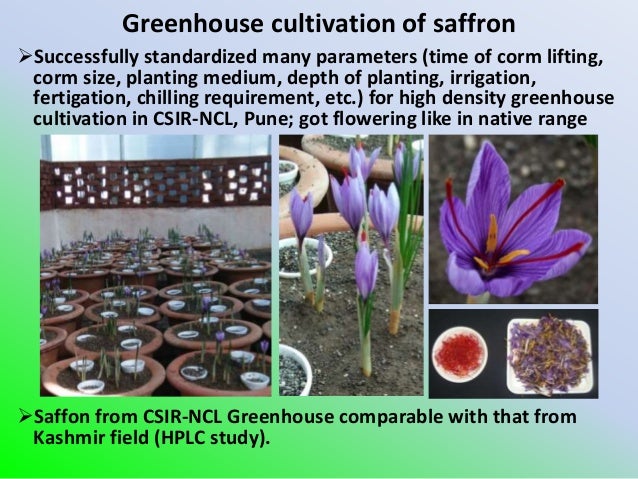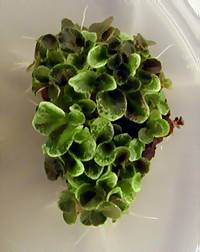Are you hoping to find 'plant tissue culture case study'? You can find all the material on this web page.
Table of contents
- Plant tissue culture case study in 2021
- Types of plant tissue culture
- Plant tissue culture slideshare
- Importance of plant tissue culture
- Plant tissue culture protocol
- Plant tissue culture procedure
- Application of plant tissue culture ppt
- Plant tissue culture pdf
Plant tissue culture case study in 2021
 This image illustrates plant tissue culture case study.
This image illustrates plant tissue culture case study.
Types of plant tissue culture
 This image shows Types of plant tissue culture.
This image shows Types of plant tissue culture.
Plant tissue culture slideshare
 This picture demonstrates Plant tissue culture slideshare.
This picture demonstrates Plant tissue culture slideshare.
Importance of plant tissue culture
 This image representes Importance of plant tissue culture.
This image representes Importance of plant tissue culture.
Plant tissue culture protocol
 This image illustrates Plant tissue culture protocol.
This image illustrates Plant tissue culture protocol.
Plant tissue culture procedure
 This picture representes Plant tissue culture procedure.
This picture representes Plant tissue culture procedure.
Application of plant tissue culture ppt
 This picture representes Application of plant tissue culture ppt.
This picture representes Application of plant tissue culture ppt.
Plant tissue culture pdf
 This picture illustrates Plant tissue culture pdf.
This picture illustrates Plant tissue culture pdf.
Which is the starting point for tissue cultures?
The starting point for all tissue cultures is plant tissue, called an explant. It can be initiated from any part of a plant - root, stem, petiole, leaf or flower - although the success of any one of these varies between species.
What are genetic variations found in plant tissue?
The genetic variations found in the tissue cultured cells are collectively referred to as somaclonal variations. This involves the culture of differentiated tissue from explant which dedifferentiates in vitro to form callus. Culture of isolated plant organs is referred to as organ culture.
How is callus produced in plant tissue culture?
The phenomenon of mature cells reverting to meristematic state to produce callus is dedifferentiation. Dedifferentiation is possible since the non-dividing quiescent cells of the explant, when grown in a suitable culture medium revert to meristematic state. Fig: Steps of tissue culture
How is tissue culture used to grow plants?
Plant tissue culture broadly refers to the in vitro cultivation of plants, seeds and various parts of the plants (organs, embryos, tissues, single cells, protoplasts). The cultivation process is invariably carried out in a nutrient culture medium under aseptic conditions.
Last Update: Oct 2021